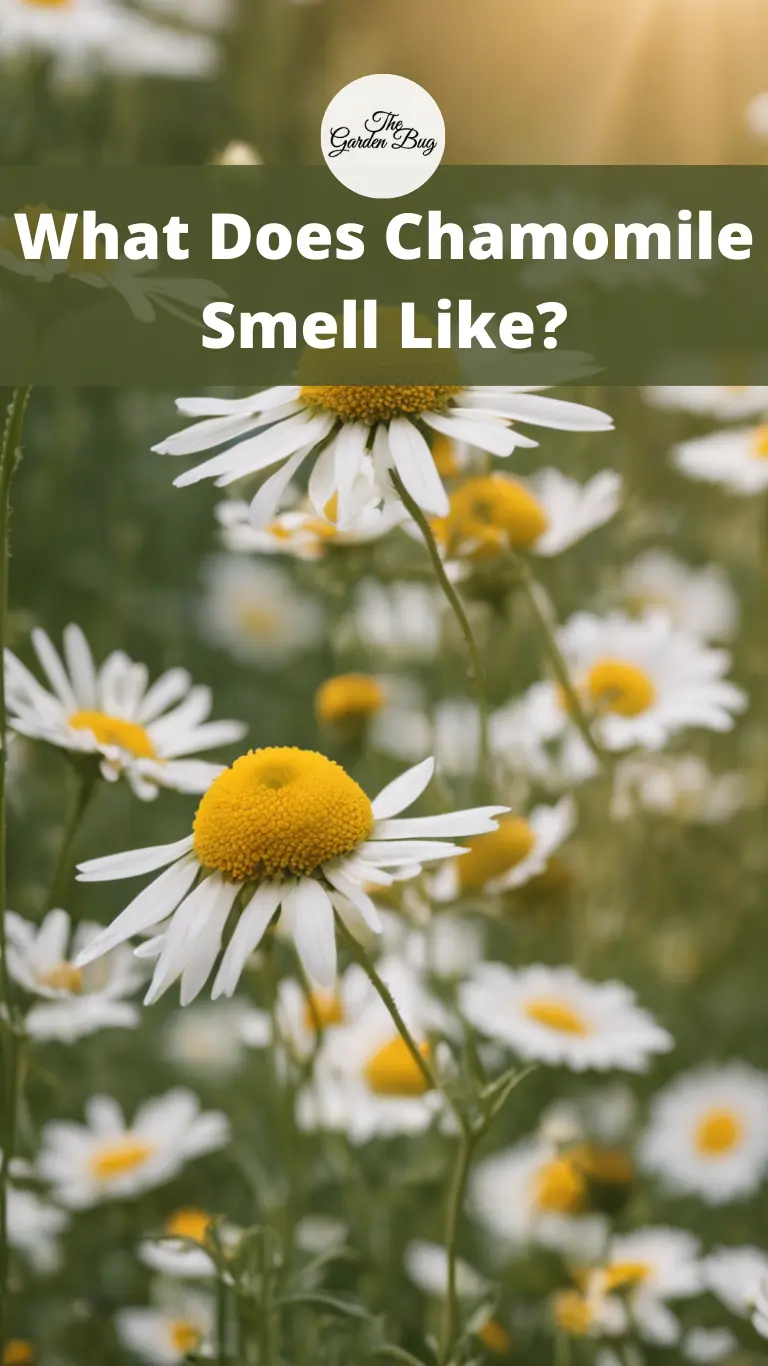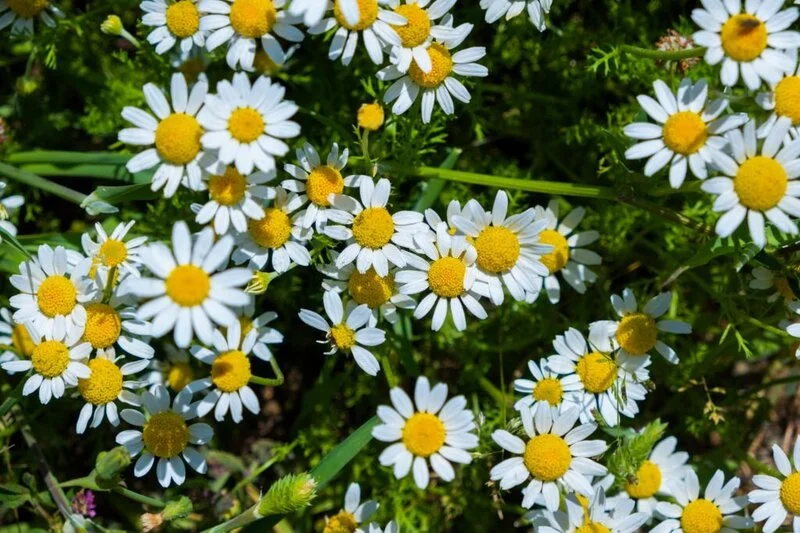Have you ever enjoyed a warm cup of chamomile tea and found yourself wondering about the unique aroma that fills the air? Chamomile is an herb that has been treasured for centuries, not just for its taste but also for its gentle, pleasing scent. In this article, we will embark on a sensory journey to discover the distinctive smell of chamomile.
- ORGANIC
- ORGANIC
A Description of Chamomile’s Scent
Imagine walking through an apple orchard just after a light spring rain. The smell in the air – fresh, sweet, and a bit earthy – that’s pretty close to the aroma of chamomile. The scent of chamomile is often described as subtly apple-like and floral with hints of honey and hay. This complex mixture of sweet and earthy notes is one of the reasons why the scent of chamomile is so universally cherished. The aroma is gentle and soothing, often leading to a sense of calm and relaxation, which is why it’s commonly found in evening teas, soothing lotions, and relaxation-promoting aromatherapy blends.
The Role of Chamomile’s Scent in Nature
Nature has a marvelous way of creating harmonious relationships, and the scent of chamomile is a perfect example. Its apple-like aroma isn’t just there for our enjoyment. In nature, this pleasant fragrance attracts beneficial insects, such as bees and butterflies, which help in the process of pollination, allowing the chamomile plant to reproduce. Conversely, the scent also repels certain pests, protecting the plant from being eaten or damaged. It’s a clever system of balance that ensures the survival of these delightful plants.
The Impact of Chamomile’s Scent on Humans
Did you know that smells can greatly influence our emotions and behavior? And chamomile’s scent is no exception. Its soothing aroma is often associated with relaxation and tranquility. This is why it’s commonly used in aromatherapy to help reduce anxiety and promote sleep. Many people report that just inhaling the sweet, apple-like aroma of chamomile can help them feel more calm and peaceful. So, next time you’re feeling stressed or having trouble sleeping, consider brewing a cup of chamomile tea or using a chamomile-infused product, and let its gentle aroma soothe your senses.
How the Scent of Chamomile Varies Between Different Varieties
It’s interesting to note that not all chamomile plants smell the same. While the overall scent profile of chamomile is often described as sweet and apple-like, the intensity and subtle notes can vary between different varieties. For example, Roman chamomile (Chamaemelum nobile) has a more pronounced, fruity aroma, while German chamomile (Matricaria chamomilla) often carries a more subtle scent, with hints of straw and a slightly bitter undertone. These subtle differences are part of what makes each variety unique, and why some people may prefer the scent of one type of chamomile over another.
Conclusion
The scent of chamomile is one of nature’s many delightful offerings. Its sweet, apple-like fragrance serves many purposes, from attracting beneficial insects to providing humans with a sense of relaxation and peace. By understanding the scent of chamomile, we deepen our appreciation for this humble plant, enhancing our gardening, culinary, and aromatherapy experiences. So next time you encounter chamomile, take a moment to close your eyes, inhale deeply, and appreciate the complex and comforting aroma of this remarkable plant.





